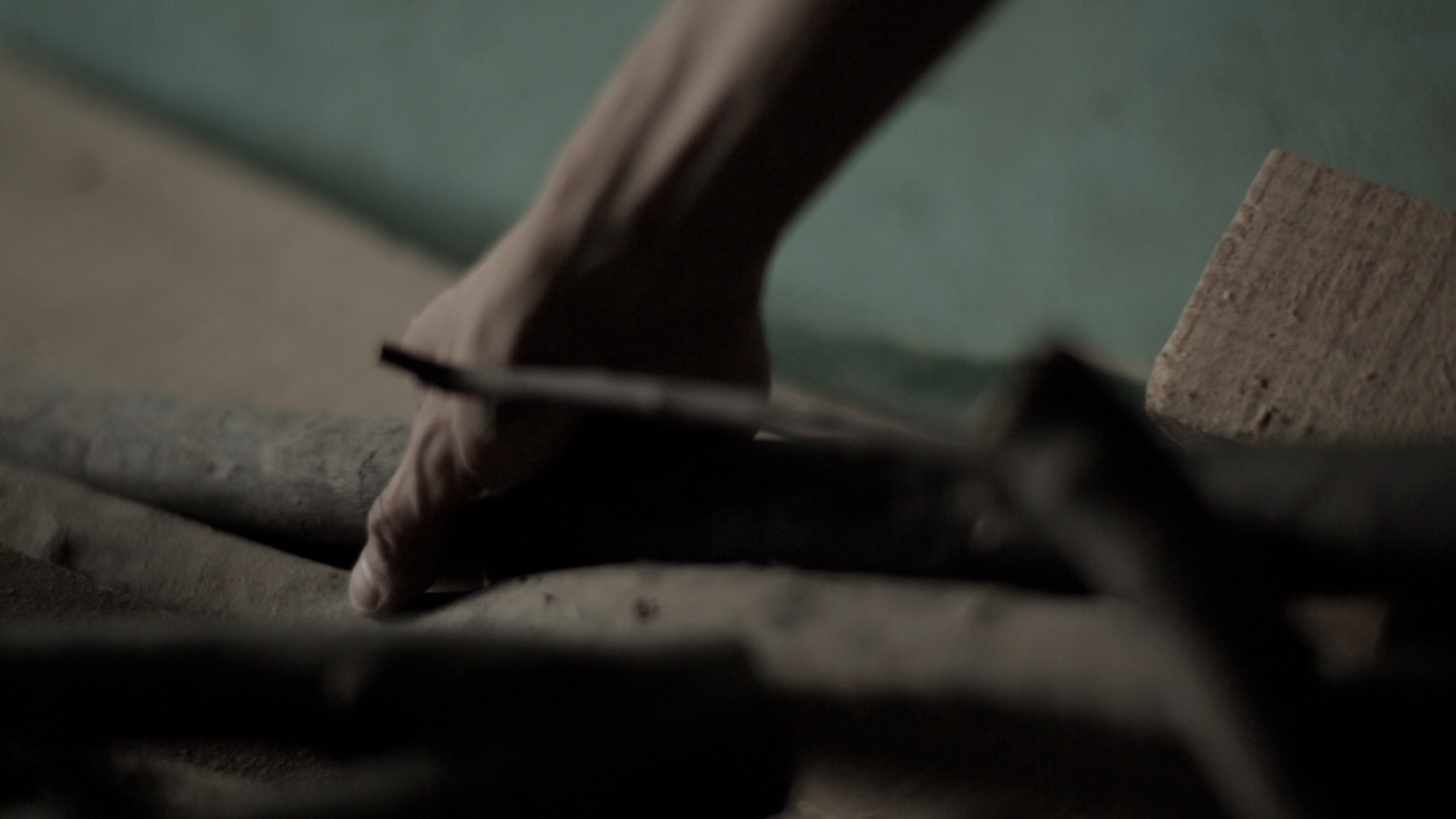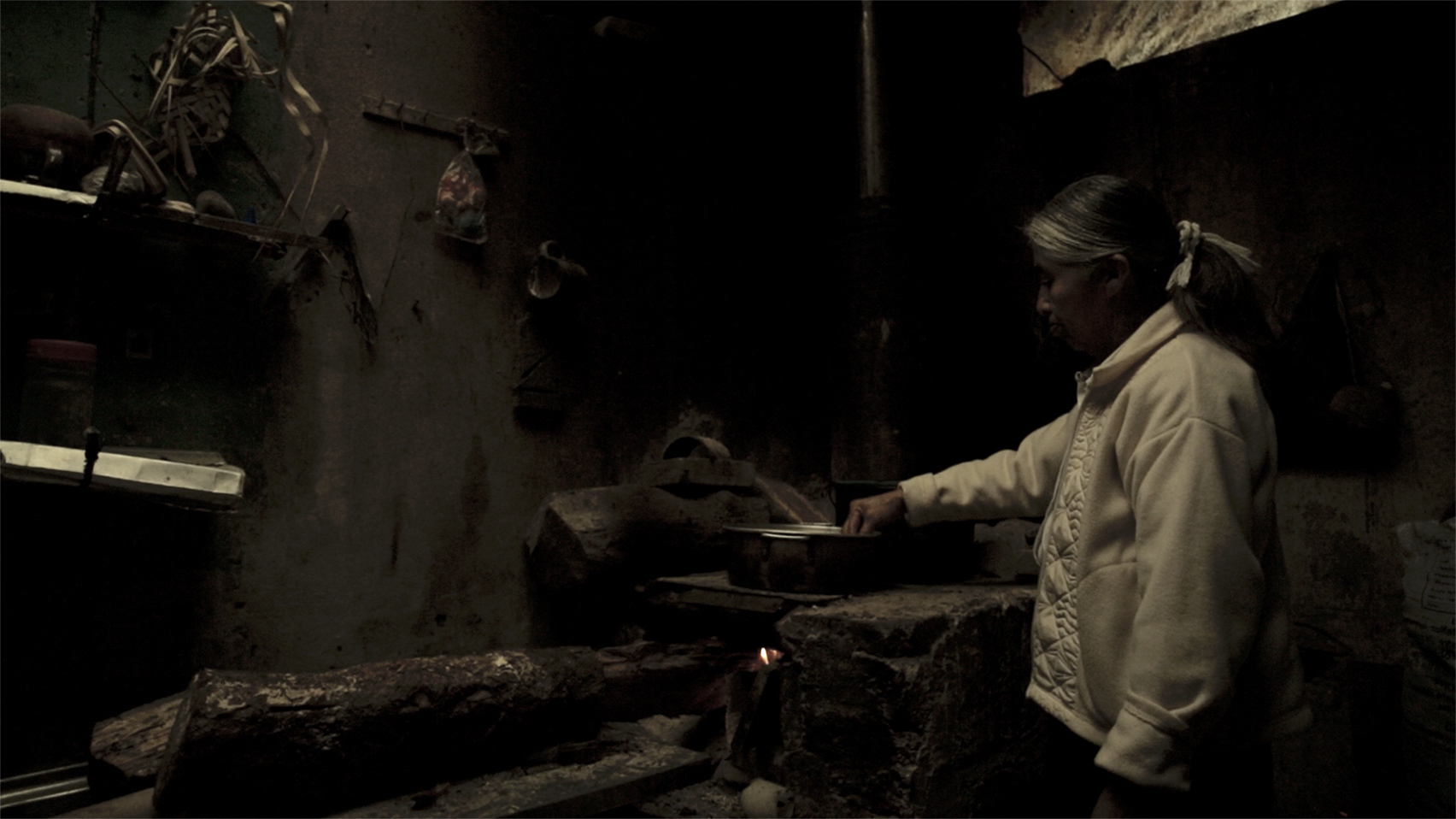Independence
By NÔMADE CINEMA
Photography “Hidalgo Incendiario” (1937). Government Palace of Guadalajara, Jalisco. Mural. By José Clemente Orozco.
Reading Time: 3 minutes
Independence Background
After three centuries of Spanish domain, a new nation had formed in New Spain, distinct from the European “Madre Patria” and even more so from the ancient indigenous kingdoms. The most precious viceroyalty of the Spanish Crown enjoyed an economic wealth never seen before. The sumptuous buildings of the time and the cultural achievements achieved aroused the nationalist pride of the Creoles. The word Mexico appeared in the pen of notable writers such as Clavijero or Eguiara and Eguren, and over time it would supplant the official name of the viceroyalty. Six million people coexisted at the end of the colonial period, the vast majority indigenous and mestizo ruled by a white minority made up of two groups: Creoles and the peninsular Spaniards.
The Creoles already outnumbered the Spanish and resented the exclusion that was made of them when granting titles and public offices. At first, the Creoles demanded greater interference in the affairs of New Spain, but the independence of the English colonials in North America and the Napoleonic invasion of Spain accelerated events. In 1808, faced with the situation in the Spanish metropolis, Viceroy Iturrigaray tried to set up a government junta, chaired by himself, to make the decisions of the viceregal government. Upon learning of the measure, some Spaniards stormed the palace, captured the viceroy and established a regime loyal to Spain. However, the idea of autonomy spread to many sectors of the colony. A year later, in Valladolid, a conspiracy was being prepared to achieve total independence from Mexico.
The Revolution of Independence
In Valladolid, San Miguel El Grande, Dolores and Querétaro, Creole groups planned to take up arms to achieve independence from Mexico. The movement was supported by important figures, such as captains Ignacio Allende and Juan Aldama, priest Miguel Hidalgo, magistrate Miguel Dominguez and his wife Josefa Ortiz. When the plan was discovered, Allende and Hidalgo advanced the date foreseen for the uprising. At dawn on September 16, 1810, Hidalgo called to arms in the town of Dolores; days later he took the cities of Celaya, Guanajuato and Valladolid, and headed towards the capital of the viceroyalty. Hidalgo’s forces defeated the royalist army in the Monte de las Cruces, but they did not advance towards Mexico City because they feared being surrounded. The insurgents withdrew towards the Bajio, but were hit and defeated at Aculco. Shortly after, they lost the cities of Guanajuato and Valladolid and retreated to Guadalajara.
Defeated again by Calleja, the leaders of the insurgent army headed north; nine months after they got up, Hidalgo, Allende, Aldama, and Jimenez were captured and executed. Despite the death of the first caudillos, the insurgent movement increased. In the south, Morelos and his lieutenants dominated the Tierra Caliente region. Besieged for several months in Cuautla, they managed to evade the siege and took the cities of Oaxaca, Tehuacan and the port of Acapulco. In 1813 Morelos convened a congress in Chilpancingo; in it, Mexico was declared an Independent Republic and equal rights for all Mexicans. Felix Calleja, the new viceroy, launched in that year a great offensive against the insurgents, who, defeated on several fronts, took refuge in Apatzingan. There they decreed the first Constitution of the country. In 1815 Morelos was captured and shot in San Cristobal Ecatepec.
Consummation of Independence and First Empire
After the death of Morelos, the insurgency dissolved into numerous rural guerrillas. The harassment of the royalist troops and the pardon offered by Viceroy Apodaca made some of the insurgent leaders leave the fight. Ignacio Rayon, Nicolas Bravo and Manuel Mier y Teran were captured; Guadalupe Victoria disappeared in the Veracruz jungle. Only in the south of the country was the struggle sustained by the will of Vicente Guerrero. In 1820 the King of Spain, Fernando VII, accepted the Constitution of Cadiz, which limited his power, enshrined the freedom of the press and the rights of the individual.
The same peninsulares who had fought the insurgents then met in the church of La Profesa, to achieve independence from Mexico and thus prevent the new Constitution from being implanted in New Spain. Led by Canon Matias de Monteagudo, the Profesa group managed to get Apodaca to appoint one of its members, Agustin de Iturbide, commander of the Army of the South, with the slogan of ending Guerrero. Instead of fighting it, Iturbide launched the Plan of Iguala, which declared Mexico an independent, Catholic country, home to peninsulars, Creoles, Indians and blacks alike.
From the union of the forces of Guerrero and Iturbide arose the Trigarante Army, which quickly seized New Spain. Apodaca was deposed by his own garrison and returned to Spain. The new viceroy, Don Juan de O’Donoju, only came to sign the Treaties of Cordoba by which Spain recognized independence. On September 27, 1821, Iturbide entered Mexico City and thus consummated the country’s independence. The following year he proclaimed himself Emperor of Mexico with the name of Agustin I, which provoked the anger of the former insurgents, who rebelled against him. The first empire ended a year later with the exile of Iturbide.

